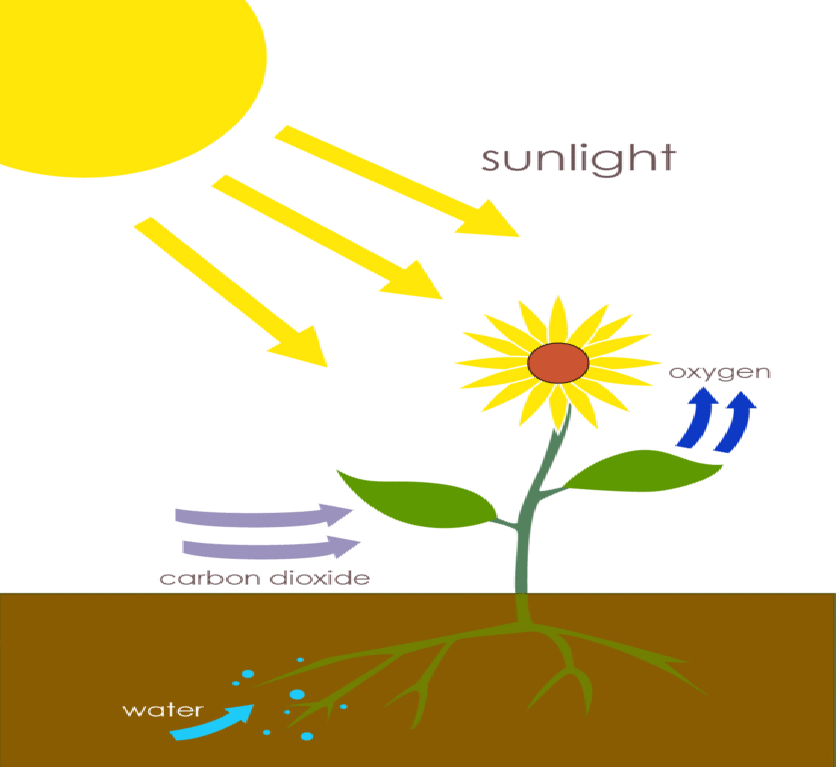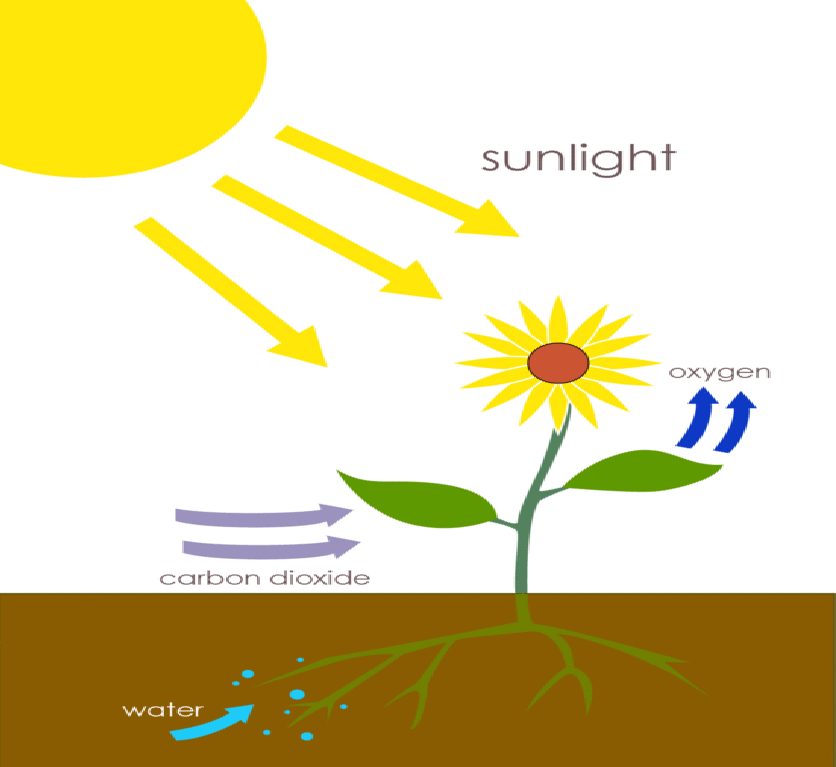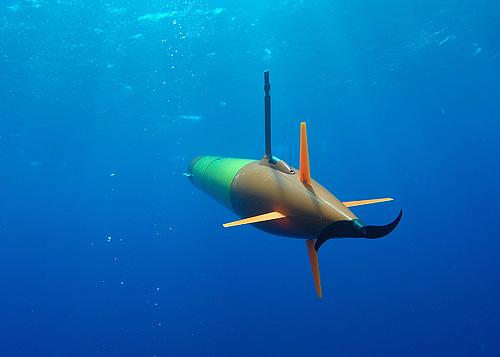At first blush, these two objects couldn’t seem much less alike. But, in response to a Princeton College study printed June 29 within the journal PLoS ONE, the 2 complicated methods share placing parallels in adapting to altering environmental circumstances. Crops, after all, evolve spontaneously, whereas engines “evolve,” because it had been, via acutely aware human planning. For each, including new elements to a profitable core course of, relatively than altering that core course of itself, has confirmed a permanent technique.
Within the case of crops, the core course of is photosynthesis. Over tens of millions of years of pure evolution, crops have developed two environment friendly photosynthesis variants to cope with starkly totally different climates. Likewise, in fossil fuel-powered engines, the interior combustion course of has remained largely unchanged. However over the engines’ comparatively temporary 150-year historical past, two efficiency-boosting additions — the turbocharger and the hybrid electrical car — have tailored them to new niches.

The research attracts on ongoing ecohydrology analysis by corresponding writer Amilcare Porporato, the Thomas J. Wu ’94 Professor of Civil and Environmental Engineering and the Princeton Environmental Institute, in addition to information on engines for World Conflict II-era fighter planes and fashionable automotive manufacturers. Exploring the same problem-solving throughout these contrasting methods might present useful insights into pure evolution and technological innovation, the researchers stated.
“Now we have hypothesized that pure and constructed methods each develop equally in response to altering constraints, and a few rules of evolution could also be widespread to each forms of methods,” stated first writer Samantha Hartzell, a graduate pupil in Porporato’s group and a PEI Princeton Power and Local weather Scholar. “Realizing this, maybe we are able to extra consciously take classes from nature when designing mechanical methods.”
The Princeton paper’s findings recommend that breaking the mould of established, previous success will be troublesome in pure and constructed methods. Persevering with modular innovation might lengthy delay the foretold finish of the interior combustion engine, Hartzell stated. Mark Bartlett and Jun Yin, Princeton postdoctoral researchers in civil and environmental engineering, are co-authors on the paper.
“New applied sciences, together with fuel-cell and battery electrical autos, are riskier methods and are taking longer to catch on than the hybrid automotive, since they require important modifications in manufacturing practices and infrastructure,” Hartzell stated. “Ultimately, nonetheless, they may show to be extra optimum options to satisfy our objectives of dependable, cheap transportation that’s minimally damaging to the environment.”
“The analogy of likening engines to crops started as a enjoyable technique to clarify nature’s three photosynthetic pathways in my ecohydrology course,” Porporato stated. As many people first study in grade faculty, photosynthesis is the method whereby crops reap vitality from daylight. That vitality transforms carbon dioxide gasoline and water into meals, releasing the oxygen we breathe as a waste product.

Roughly 85 p.c of crops on Earth depend on the C3 photosynthetic pathway — so named as a result of it produces a sugar molecule with three carbon atoms. Scientists estimate C3 photosynthesis developed round one billion years in the past when marine algae took up beforehand free-living photosynthetic micro organism into their cells. These taken-up micro organism, or chloroplasts, have faithfully served as crops’ sun-harvesting powerhouses for an eon.
The Princeton researchers likened the institution of C3 photosynthesis to German engineer Nikolaus Otto patenting the interior combustion engine in 1876. The brand new engine rapidly grew to become integrated into highway autos of the time, very like how photosynthetic chloroplasts arrange store in marine algae.
The C3 pathway has not confirmed perfect in all environmental circumstances, nonetheless. When carbon dioxide availability is low, a key enzyme tends to include oxygen as a substitute of carbon into the photosynthesis response chain, slashing its effectivity. In response, in the previous couple of tens of tens of millions of years, some crops have developed a photosynthesis variant known as C4, which concentrates the quantity of carbon in chloroplasts, thus driving up effectivity.
In parallel to C3 photosynthesis’ limitations, the rudimentary inner combustion engine doesn’t meet efficiency calls for in all eventualities. When altitude will increase, oxygen ranges diminish. That proved to be an issue for World Conflict II army plane powered by inner combustion engines. An engineering answer was discovered within the type of air compressors, generally known as turbochargers and superchargers, that pressure extra air into the engine. These added elements focus ranges of oxygen for gas combustion, boosting energy technology. The innovation then discovered its manner into passenger vehicles engines within the 1960s.
The Princeton researchers demonstrated the effectivity good points in energy output with the Rolls Royce supercharged Merlin III engine versus typical inner combustion plane engines. The good points mirrored these in yield from C4 crops, corn and sorghum, in comparison with typical C3 crops, soybeans and wheat, throughout altering carbon dioxide ranges.
Subsequent, the group analyzed the second main addition to the methods’ core processes, this time within the type of vitality storage. For crops, that is the crassulacean acid metabolism (CAM) photosynthetic pathway. It initially developed greater than 250 million years in the past and helps crops survive in scorching or arid circumstances; cacti and pineapples are two acquainted examples of such specialised flora. CAM crops preserve their leaves’ pores closed through the scorching day to keep away from damaging water loss, as a substitute opening the pores through the cooler evening to absorb carbon dioxide. Then, daytime daylight photosynthesizes that carbon saved — battery-like — within the plant.
Using batteries is on the coronary heart of the hybrid electrical car. They provide better effectivity than when driving speeds are variable, analogous to the variable water availability confronted by CAM crops. An electrical motor turns kinetic vitality from braking into electrical energy saved in a battery. That electrical energy can then increase the facility output of the engine.
The researchers developed a mathematical mannequin of the effectivity of water use by CAM crops — additionally published recently in Ecological Modeling. This mannequin bore out the proposed plant-engine relationship by evaluating gasoline mileage statistics between autos bought in normal and hybrid electrical variations.
General, photosynthesis in its varied varieties has clearly proved a profitable technique for crops, which account for a whopping 80 p.c of all biomass on the planet. Likewise, the interior combustion engine has dominated land, sea and air transportation worldwide for a century.
“After getting developed one thing that works very effectively, like photosynthesis or the gasoline engine, it tends to persist roughly unaltered,” Hartzell stated. “Quite than modify the underlying reactions, crops have added elements — the equivalents of ‘turbochargers’ and ‘batteries’ — to make photosynthesis extra environment friendly, simply as we have now added elements to make our gasoline engines extra environment friendly.”
Robert Jackson, a professor of Earth system science at Stanford College who was not concerned within the Princeton research, stated the analysis can provide insights into the event of each pure and constructed methods.
“We are able to study an awesome deal by evaluating modifications in nature throughout evolutionary time to modifications in methods persons are constructing right this moment,” Jackson stated.
Wanting forward, local weather change might throw plant and engine evolution out of alignment. Plant photosynthesis will persist, however fossil-fueled inner combustion engines are falling out of favor on account of their manufacturing of climate-altering greenhouse gases. An growing variety of car producers have introduced plans so as to add electrical motors to their autos traces subsequent decade, and even finally forgo inner combustion engines.
“Crops have been round for lots of of tens of millions of years and have weathered a lot better local weather modifications than these we’re at the moment present process, important as they’re,” Hartzell stated. “Whereas our present local weather modifications are anticipated to trigger modifications within the distribution of sure plant varieties, the essential mechanism by which crops derive their vitality — photosynthesis — will nonetheless be a viable choice.”




